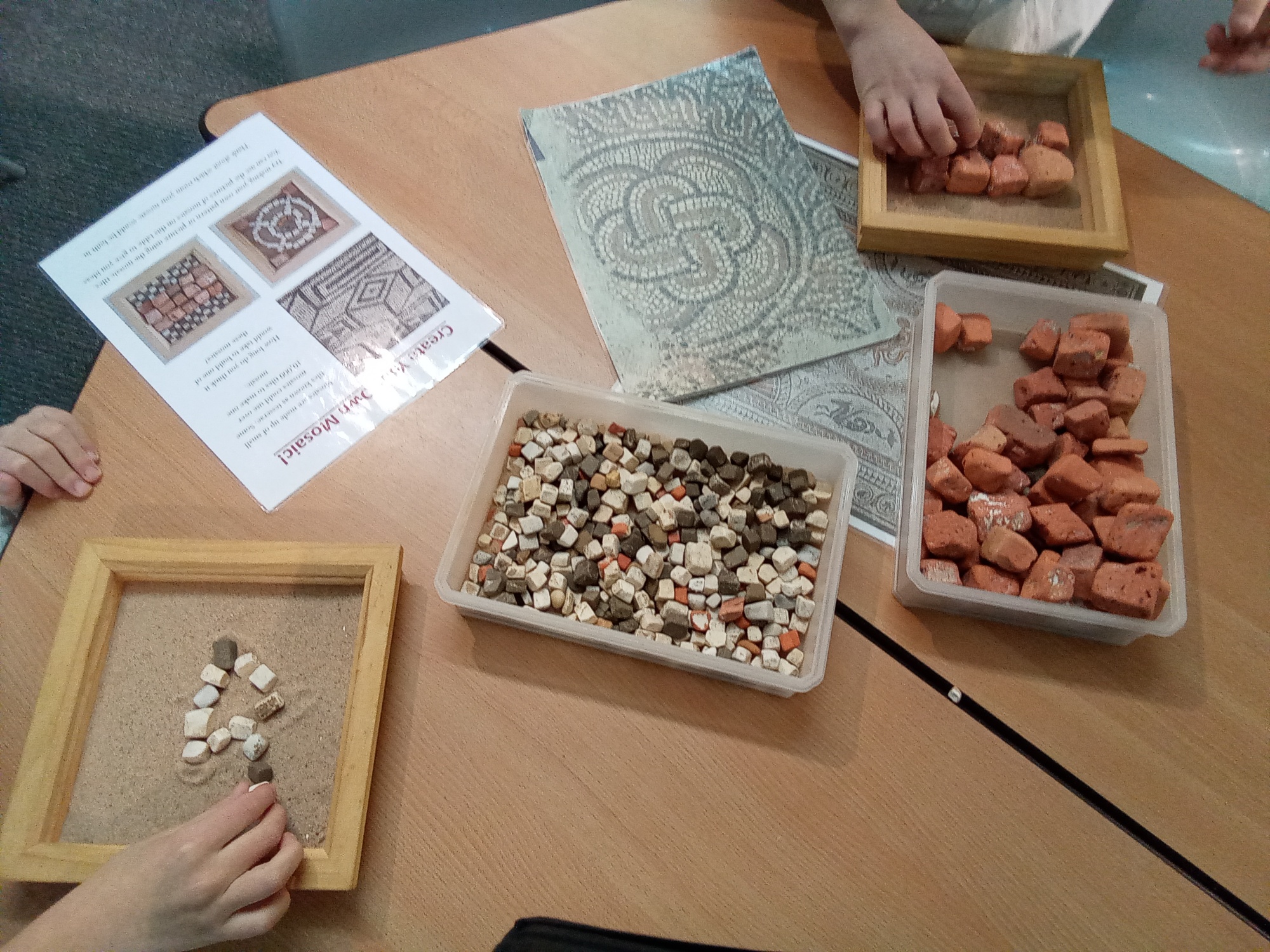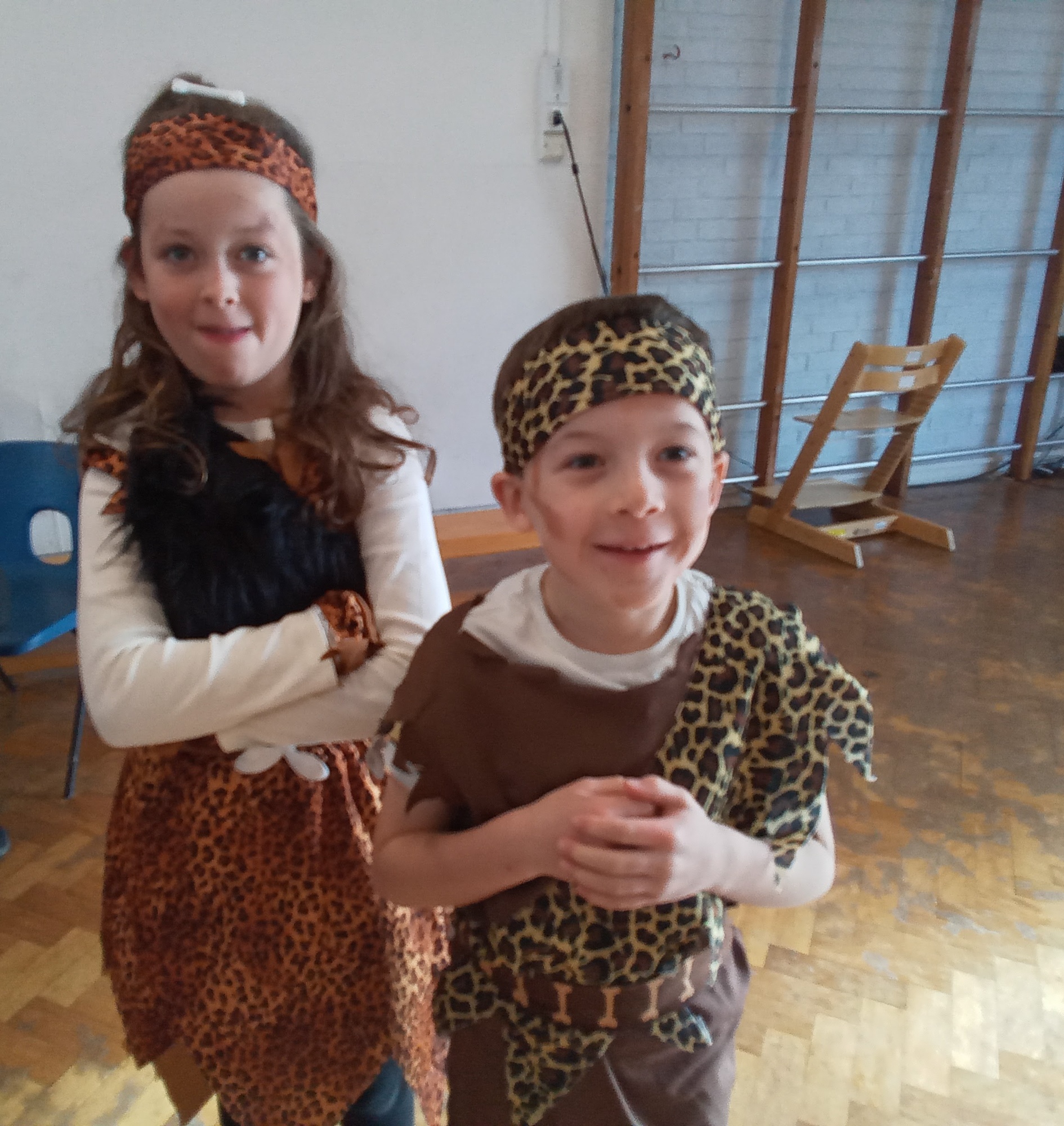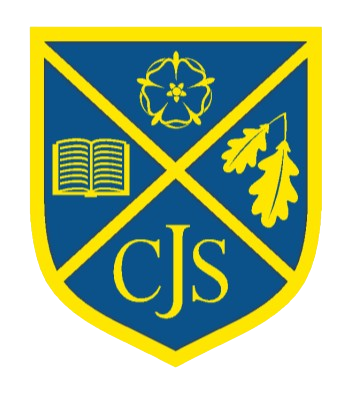History

Intent, Implementation and Impact
Intent:
At Clanfield Junior School, we believe that high-quality history lessons inspire children to want to know more about the past and to think and act as historians.
By linking learning to a range of topics, children have opportunities to investigate and interpret the past, understand chronology, build an overview of Britain’s past as well as that of the wider world, and to be able to communicate historically.
We develop children with the following essential characteristics to help them become historians:
- An excellent knowledge and understanding of people, events and contexts from a range of historical periods, including significant events in Britain’s past;
- Learning about the concept of chronology, which underpins children's developing sense of period, as well as key concepts such as change and causation.
- The ability to think critically about history and communicate ideas confidently to a range of audiences;
- The ability to support, evaluate and challenge their own and others’ views using historical evidence from a range of sources;
- The ability to think, reflect, debate, discuss and evaluate the past by formulating and refining questions and lines of enquiry;
- A respect for historical evidence and the ability to make critical use of it to support their learning;
- A desire to embrace challenging activities, including opportunities to undertake high-quality research across a range of history topics;
- A developing sense of curiosity about the past and how and why people interpret the past in different ways.
Implementation:
History is taught in each term throughout the year, so that children achieve depth in their learning. The key knowledge and skills that children acquire and develop throughout each block have been mapped to ensure progression between year groups throughout the school. At the beginning of each new history topic, teachers refer to classroom timelines to develop children’s understanding of chronology. The KWL strategy (What I Know, What I would like to know and what I have learnt) is used to check existing knowledge at the beginning of each history topic and this process informs a programme of study that is responsive to children’s interests. By the end of year 6, children will have a chronological understanding of British history from the Stone Age to the present day. They are able to draw comparisons and make connections between different time periods and their own lives. Interlinked with this are studies of world history, such as the ancient civilizations of Greece and the Egyptians.
Cross curricular outcomes in history are specifically planned for, allowing opportunities for children to apply their current knowledge independently alongside a written outcome. The school’s own context is also considered, with opportunities for visits to places of historical interest and learning outside the classroom also identified and embedded in practice. Visits to the local area and use of local artefacts, such as our visit to Butser Farm for supporting our learning of the Stone Age
Planning is informed by and aligned with the National Curriculum. In addition, staff have access to schemes (created by HIAS History) of work for each of the Historical units that provides plans and resources, while providing teachers with enquiry based lessons that links with our progression of skills document. However, teachers’ lesson design is not limited by the scheme and teachers will adapt and variate to ensure all learners are challenged appropriately. The history curriculum is designed to ensure appropriate diversity in the significant figures that children learn about. Teachers’ cater for the varying needs of all learners, variating activities where necessary and as appropriate, and ensuring an appropriate level of challenge. Outcomes of work are regularly monitored to ensure that they reflect a sound understanding of the identified knowledge.
Impact:
Outcomes in books evidence a broad and balanced history curriculum and demonstrate the children’s acquisition of identified key knowledge.
Emphasis is placed on analytical thinking and questioning and children demonstrate a coherent knowledge and understanding of Britain’s past and that of the wider world, in addition to being curious to know more about the past. Through this study pupils ask perceptive questions, think critically, weigh evidence, sift arguments, and develop perspective and judgement. Regular heritage projects provide further relevant and contextual learning, engaging member of the community in children’s learning and providing positive role models from the community for children to learn from (including the development of meaningful resources that are shared nationally to support excellence on the teaching and learning of history

